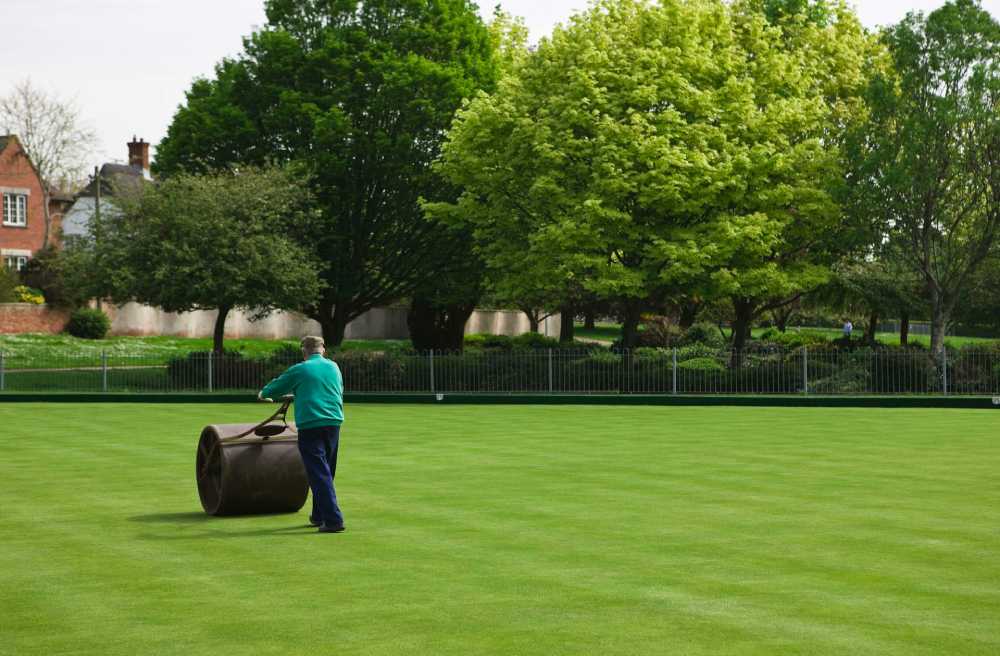Lawn Care Tips for a Greener, Healthier Lawn
One of the first steps in achieving a lush, green lawn is to understand the type of soil you have. Soil texture and composition play a vital role in how well grass absorbs water and nutrients. Conducting a soil test can reveal the pH levels and help you adjust accordingly. For an overview of comprehensive lawn care practices, understanding your soil is crucial.
A soil test can identify nutrient deficiencies and inform you whether you need to add lime to increase pH or sulfur to decrease it. Once you’re aware of your soil’s composition, it becomes easier to choose the right grass type and amendments for a healthier lawn.
Garden centers have kits for analyzing soil, or you can mail samples for a more thorough examination to your county agricultural extension. The results will provide you with a roadmap for improving your soil quality, which is the foundation of a thriving lawn and an efficient irrigation system.
Different soils have various needs. Sandy soils, for example, drain quickly and may require more frequent watering and organic matter to hold nutrients.
Conversely, clay soils retain water and may need aeration to prevent compaction. You may create an atmosphere where grass can flourish by customizing your lawn care techniques to your particular soil type.
Contents
Effective Mowing Techniques
Regular mowing is essential, but cutting the grass too short can harm it. Keeping the mower blades sharp and mowing at the correct height helps maintain a healthy lawn. For instance, cool-season grasses prefer being cut to 2.5 to 3.5 inches, while warm-season grasses thrive at 1 to 2 inches. The right mowing height helps grass develop a more robust root system, which in turn increases its resilience against drought, pests, and diseases.
Mowing Frequency
The frequency of mowing largely depends on the season and growth rate of your grass. During the peak growing season, you may need to mow once a week. In contrast, slower growth periods may only require bi-weekly mowing.
Regular mowing avoids the stress of cutting too much at once and helps achieve a uniform lawn appearance. Remember to follow the “one-third rule,” which advises never to cut more than a third of the grass blade’s length at one time.
Mowing Patterns
Changing your mowing pattern each time you mow can also promote healthier grass. This practice helps prevent soil compaction and encourages more even growth. Alternating the direction in which you mow reduces the risk of creating ruts and allows the blades to lift and cut more evenly. This simple adjustment can make a significant difference in your lawn’s overall health and appearance.
If you’re looking for additional expert advice on lawn mowing, check out these top mowing tips to ensure optimal lawn health.
Proper Watering Strategies
Watering your lawn correctly is critical for its health. It’s best to water deeply and infrequently rather than frequently and shallowly. Early morning watering reduces evaporation and fungal issues. Try to get approximately one inch of water each week, even with rain. Consistent watering helps grass develop deep roots, making it more drought-resistant and robust.
Watering Techniques
Automated irrigation systems can help maintain a consistent watering schedule. But if done properly, hand watering with a hose or sprinkler can be just as successful. Ensure you’re watering the lawn evenly to avoid dry patches. Sprinklers should be placed to overlap slightly to ensure total coverage. Monitoring your yard sprinklers system can help identify any underwatered areas.
Signs of Under-Watering
Grass that needs more water will often start to look dull, bluish, or have noticeable footprints after being walked on. If you see these signs, it’s an indicator that your lawn needs watering soon. Additionally, the soil should be moist to a depth of 6-8 inches after watering. If it is dry at this level, it’s time to adjust your watering routine or consider getting drought tolerant groundcover that doesn’t require as much maintenance.
Seasonal Fertilization
Fertilizing your lawn at the right times of the year can make a big difference. Spring and fall are the best times for most lawns. Use a slow-release fertilizer to encourage steady growth and fewer weeds.
In order to prevent overfertilization, always adhere to the directions on the fertilizer package. It’s crucial to match the type of fertilizer to your lawn’s specific needs and the recommendations from your soil test.
Choosing the Right Fertilizer
Depending on your soil test results, you may need a fertilizer high in nitrogen, phosphorus, or potassium. Ensure the fertilizer you choose matches the needs of your soil and grass type.
For instance, nitrogen promotes leaf growth, phosphorus enhances root development, and potassium improves overall plant health. Knowing what your soil lacks will help you choose the most effective fertilizer.
Application Tips
Apply fertilizer evenly using a spreader to avoid burning the grass. Water the lawn thoroughly after fertilization to help the nutrients settle into the soil. Over-fertilizing can lead to nutrient runoff, which is not only wasteful but can also harm the environment. Opting for organic or slow-release fertilizers can minimize these risks while providing a steady supply of nutrients to your grass over time.
Weed Control Tips
Preventing weeds is easier than removing them. Maintaining a thick, healthy lawn can choke out most weeds. If weeds are already present, non-toxic weed control methods like vinegar or manual removal can be effective. Chemical options should be used sparingly and as a last resort. Early intervention is key; weeds are easier to eliminate when they are young and less established.
Manual Weed Removal
Hand-pulling weeds is effective, especially if done early, before they have a chance to seed. For larger infestations, tools like weed pullers can make the job easier and more efficient. Manual removal ensures that the entire weed, including its roots, is extracted, which prevents regrowth. It’s a labor-intensive method but highly effective for small patches.
Natural Weed Control
Utilizing natural methods such as mulching and ground covers can also help suppress weed growth. Always aim to address weeds before they flower and produce seeds. Mulching creates a barrier that blocks sunlight, inhibiting weed germination, while ground covers can compete with weeds for resources, reducing their ability to establish and grow.

